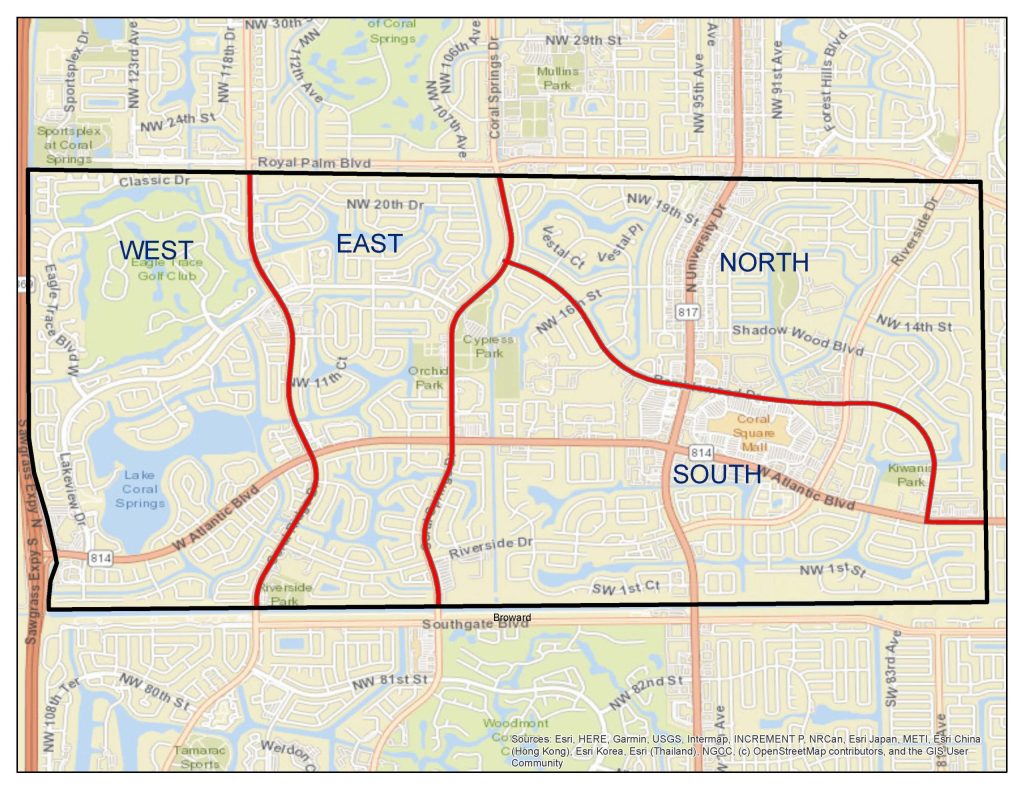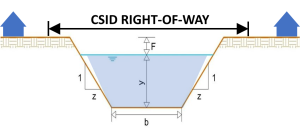CSID Stormwater Resiliency and Safety Project Frequently Asked Questions (FAQs)
What is the Stormwater Resiliency and Safety Program?
Hurricane Irma set a precedence of urgency for water management agencies to enhance safety by taking proactive steps to clear right of ways and canal systems to prevent flooding. In keeping with best practices, and with funds already designated, CSID will be performing canal maintenance to remove vegetation, such as trees, within the rights-of-way along the 22-mile canal system that the District manages. This is a type of canal maintenance that is budgeted as part of our operations.
Why is the Stormwater Resiliency and Safety Program needed?
CSID’s top priority is our customers’ safety. The District experienced near hurricane force winds during Hurricane Irma that caused extensive damage. Numerous trees fell into the canals blocking the water’s path and preventing the drainage system from working properly. Following the storm, approximately 500 tons of vegetation were removed by CSID, mulched, and disposed of in landfills. Fortunately, the District was not subjected to higher winds and the canal system continued to operate.
Despite the number of trees that have fallen, a significant number of large trees (approximately 2,000) remain within the District’s right of way. The trees pose a risk of falling into the canals during high winds. If the canals become obstructed, there will be flooding. The stormwater resiliency program is a proactive step to ensure the canals remain unobstructed and can convey water to the pumping stations.
What should I expect during this canal maintenance project?
- A start date has not been solidified for this project. Once the project is started, it should be completed within one year, pending inclement weather or other unforeseen circumstances.
- Daytime work will occur between 8 a.m. and 5 p.m. Monday through Friday.
- Work will take place from barges in the canals and equipment in the right of ways.
- Adjacent properties should expect noise from chainsaws and other types of large equipment. The project team is aware of and will comply with local noise ordinances.
- Adjacent properties should expect irrigation interruptions. Irrigation systems will need to be shut off during construction.
- Updates will be posted online, via email and by text message.
- The project will be implemented in four phases beginning with the North Zone. Each zone is expected to take approximately three months to complete.
When will the project start near me?
The project will be implemented in four phases beginning with the North Zone, followed by the South, then East, and finish with the West Zone. Each zone is expected to take approximately three months to complete. At the minimum, you will be notified seven days before work begins in your zone. Also, follow us on social media and check our website, CSIDFL.org, regularly for news and updates.

Who do I contact about this project?
Please call our project hotline: 954-320-7115. You can also send us an email at Michael.Cobelo@QCAusa.com.
What are encroachments?
Encroachments are trees, shrubs, decks, auxiliary structures, etc. within CSID rights-of-way that were not approved by the District. These items must be moved or removed as part of this project.
What is a right-of-way?

A right-of-way is District-owned property where the canals are located. The right-of-way consists of the canal itself and certain land on both sides of illustration of rights of way the canals. In most locations, the right-of-way extends 5-20 feet beyond the water’s edge.
What is a buffer?
For all intents and purposes, a buffer is a provided space to reasonably safeguard private property from the construction work. No buffer will be provided. The contractor will be responsible for any damages to private property as well as site restoration.
What will happen to the trees that are removed?
They will be disposed of at an approved facility. The contractor is responsible for ensuring this.
What will happen to irrigation lines located on District rights-of-way?
Intake pipes, located in canals, will be disconnected during work and reinstalled following completion. Any resident-installed irrigation system within the rights-of-way will be the responsibility of the resident.
How do I keep my irrigation suction line into the CSID canal?
District records do not indicate where approvals have been given to install any suction lines through CSID rights of way and into canals to acquire irrigation water. During this project, property owners with irrigation systems drawing water from the canals will be required to complete an encroachment agreement with CSID to retain the irrigation suction line within the right of way. This is a simple document to ensure the District has a record of all existing structures in CSID rights of way.
What will happen to grass that is damaged during construction?
The contractor is responsible for site restoration, including sod.
How will dirt removal be handled?
We do not anticipate any dirt removal. In the unlikely event that this occurs, it will be the responsibility of the contractor to restore the site.
Will construction debris be hauled off or remain on-site?
Construction debris will be hauled off to an approved facility.
Has the project obtained required environmental permits? What environmental and/or ecological studies have been performed?
No environmental/ecological permits or studies are required for this project
Has the District obtained a permit from the Army Corps of Engineers (ACOR)?
This permit in not applicable to this project.
Will a construction fence be installed along District right of ways?
No.
Will the District consider providing property owners with a $100 rebate for dust and debris that settles onto adjacent properties?
The awarded contractor is required as part of its bid to implement construction Best Management Practices (BMP) for sediment and erosion control purposes. Also required is the implementation of a Stormwater Pollution Prevention Plan (SWPPP). As part of the SWPPP, the contractor is to reasonably monitor construction activity and implement measures to control dust. Any construction debris settling onto private properties shall be removed by the contractor.
Will a barge be used for canal construction?
Yes, the project will be carried out primarily from barges.
Why do I, as a resident, need to maintain trees and other vegetation in the rights of way?
This is required by the City of Coral Springs’ Code of Ordinances. Per Chapter 8, Article III, Section 8-20, “(a) The owners of all property within the city shall keep such property, and the adjoining unpaved portion of the public rights-of-way, swales, and canal banks clean, and free from any accumulation of garbage, trash or litter. (b) The owners of all improved property within the city shall not permit untended vegetation upon such property, and the adjoining portions of the rights-of-way, swales and canal banks.”
Who is responsible for keeping storm drains clear of debris?
Street drains are the purview of the City of Coral Springs Public Works Department and it is their responsibility to keep storm drains clear. The City’s drainage infrastructure connects to, and conveys the stormwater, to the independent Drainage districts, not affiliated with the City. The Stormwater Resiliency and Safety Project will improve drainage in all public roads in the community.
I have previously been required to plant trees and replace trees to block the view of a Publix. Who required this?
The approval of development falls under the City of Coral Springs’ approval process. Furthermore, tree requirements are stipulated by the City of Coral Springs’ Code of Ordinances.
